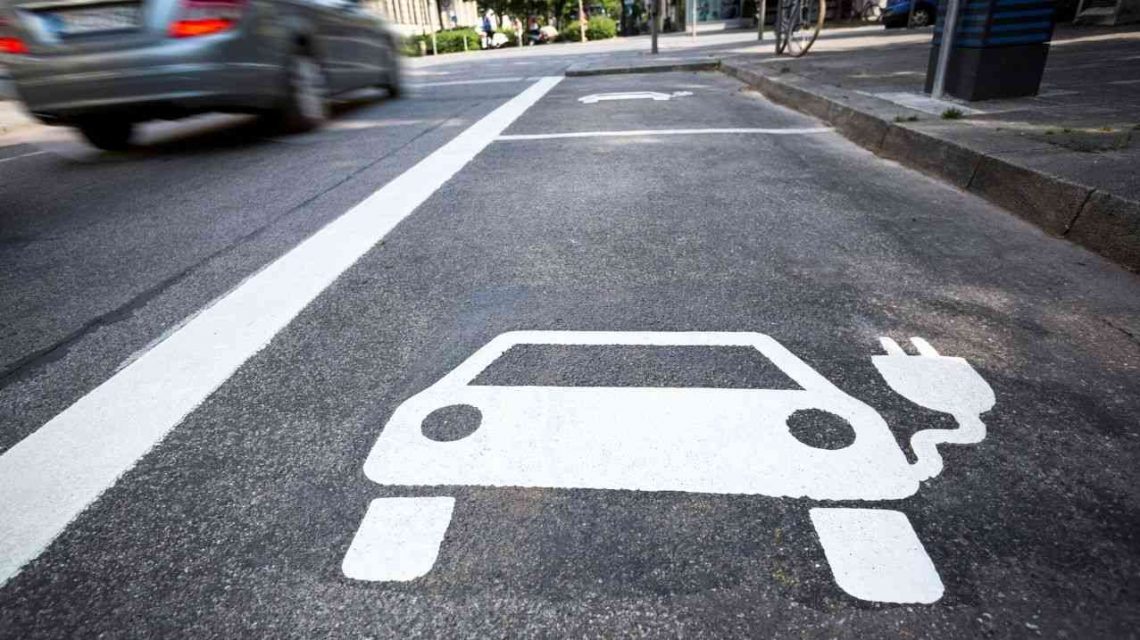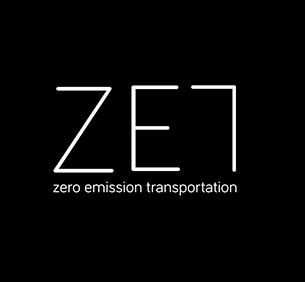The Generation Game

How do we help the Business Models for Electric Mobility and Green Energy work together?
With electric vehicle technology ownership and use growing strongly in our societies – involving bikes, cars, buses, trams, and trains – we need to start preparing our energy systems and transport infrastructure for this new urban mobility future. Arno Schoevaars of PNO Consultants explains the business models for GreenCharge.
Since we commenced GreenCharge in October 2018, we have been developing initial business cases for electric mobility using the example projects in our pilot cities. This has shone a spotlight – from a local to a national level – on the different drivers and enablers necessary in providing infrastructure to support strong, electrically-mobile societies. We outline the processes undertaken to date in Barcelona, Bremen and Oslo – involving different stakeholders, in different contexts – but aiming to meet the same overall goal of ‘zero- emissions’ transport at its point of use.
I think the GreenCharge experiments – where we combine local energy in communities and use this for their transport mode – are a really interesting combination that could be inspiring for a variety of cities.
Business models describe the framework of how we deliver solutions and create value (often money) for stakeholders. Within this system, the motivations of each of them vary and need to be recognised. We are researching and testing these concepts through real-life case studies in cities, supported by computational simulations, covering variables such as energy generation, charging usage and revenue. In our latest newsletter, we have outlined some of our early learnings to date from this work.
How much are people willing to pay to charge their cars at higher speeds? What is the benefit for electricity providers from local renewable energy generation and invest in installing charging points, when they earn less from selling power and need to change their pricing strategies? How much support from local or national government is needed before building owners modify their own building management plans? And focus more on green energy and invest in an electric vehicle infrastructure?
Policies and electric mobility implementation are developing at various rates around Europe. Across Europe we see different levels of market maturity, which is also affected by the level of regulation (or, as I prefer, stimulation) exercised by local and national governments; such stimulation includes providing financial benefits to producers, consumers – and those who both provide and consume energy (as prosumers) – as well as removing the many small barriers that hinder further implementation. As consultants and service providers, we need to keep ahead of the demands for knowledge and practical experience in this arena. And through GreenCharge, we keep track of current and new insights into technologies, thinking and behaviour and we share our own experiences to inform innovation.
Want to stay up to date on GreenCharge?
Then subscribe to our newsletter below. Every 6 months we will give you an update on the project developments.
Newsletter
Subscribe now to receive the GreenCharge newsletters in your email with latest news about the project and the forthcoming events.





















